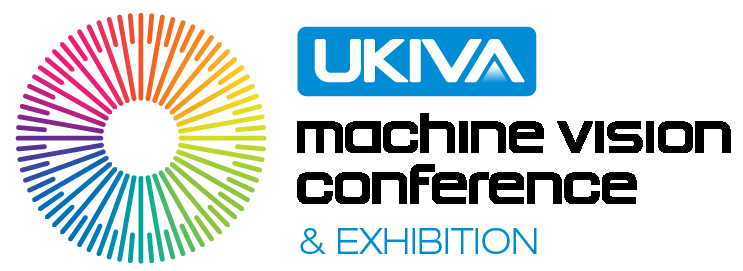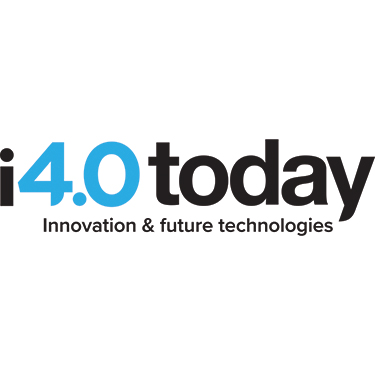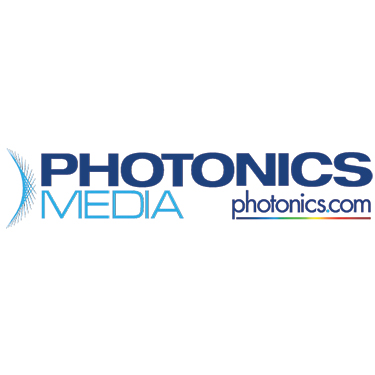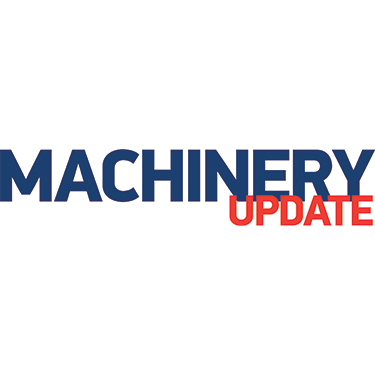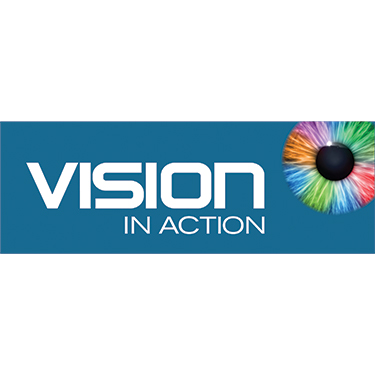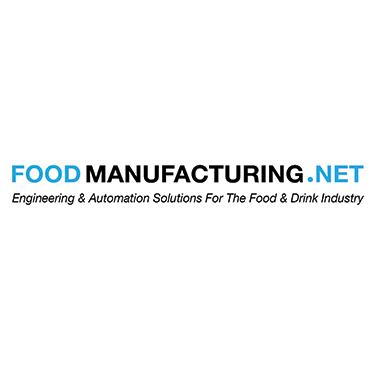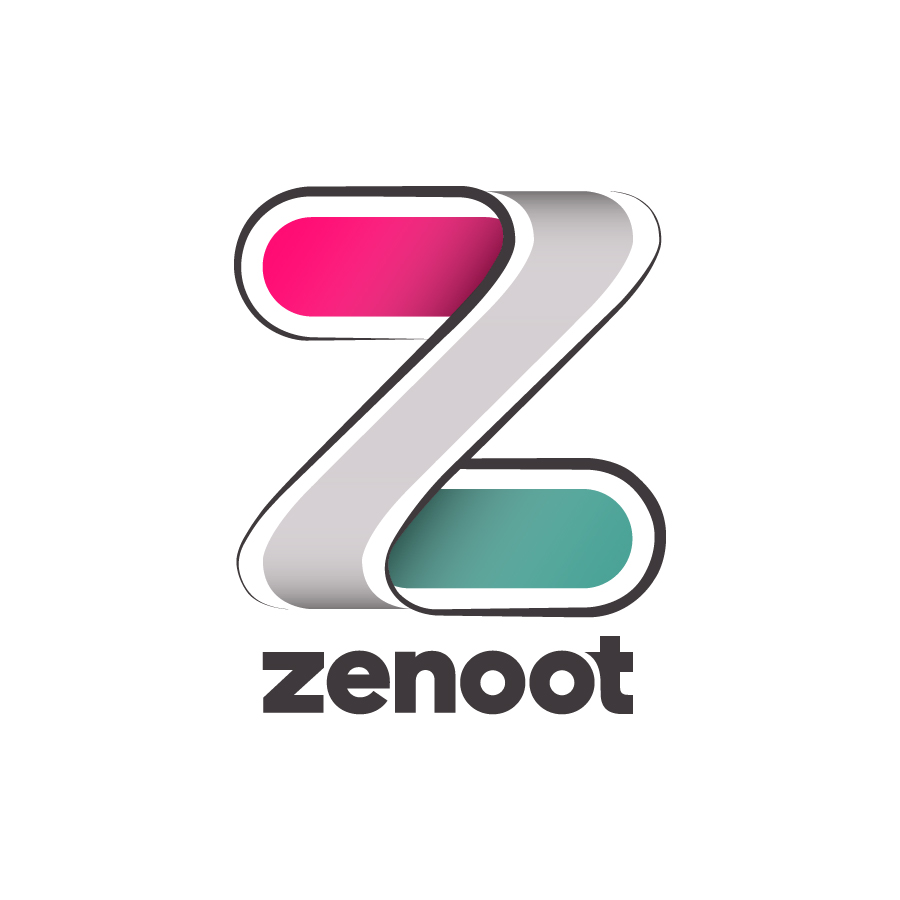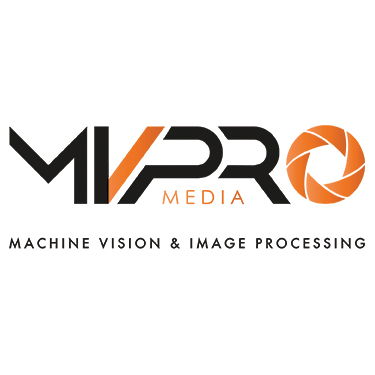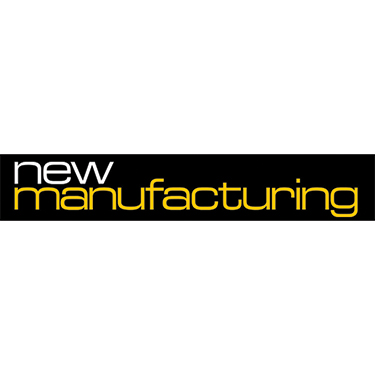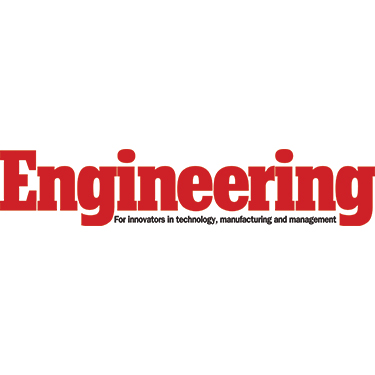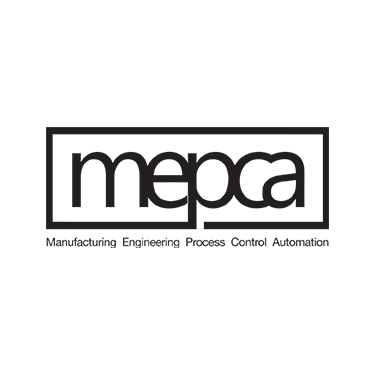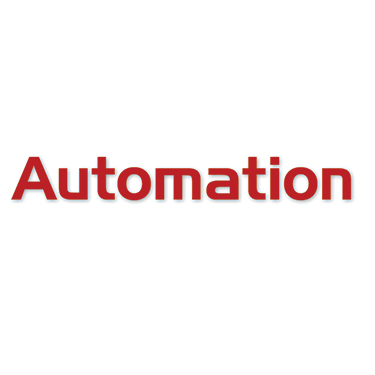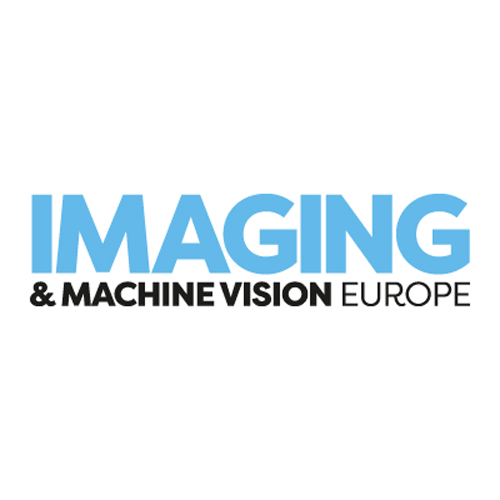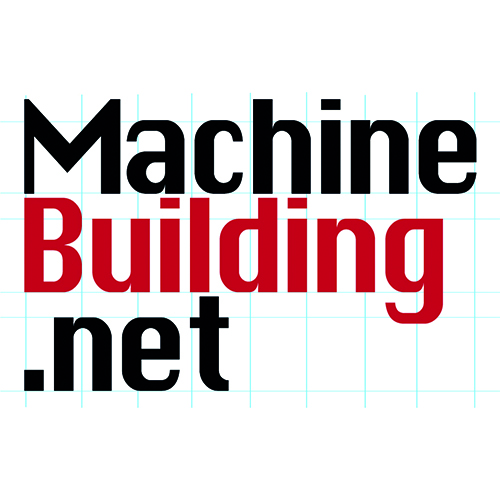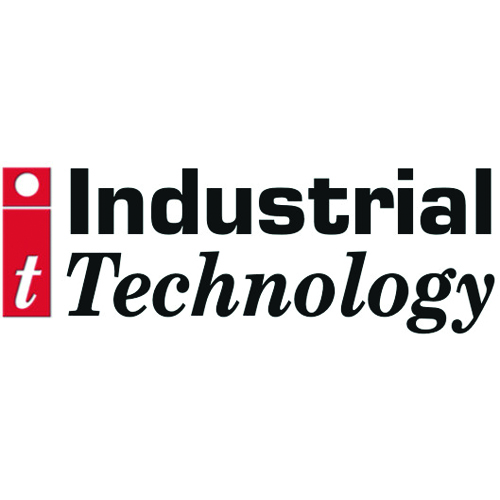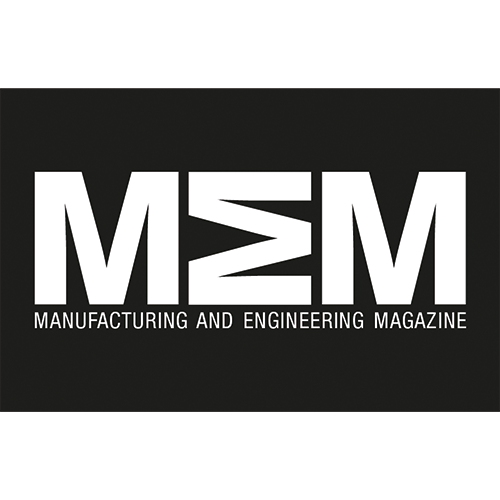Vision drives quality
Vision can benefit the entire automotive supply chain from parts and components, including major subsystems, to automotive manufacture itself. This sector is one of the most demanding in terms of product quality and aversion to component failures. The ability of vision to both measure and classify helps the modern quality inspection approach of differentiating between critical and non-critical defects – those that affect the functionality of the object and those that do not. Although the integration of vision technology into complex 24/7 manufacturing processes can pose many practical challenges, the return on investment timescales for industrial vision systems are very short, especially when the costs associated with product recalls is taken into consideration.
Components and assemblies
Inspection continues to be one of the most importance uses of vision in this industry, ensuring the quality of components ranging from engines, drives, and chassis components to safety-relevant parts such as brakes, steering, airbags and seat belts. 3D imaging has many applications such as measuring flush and gap alignment when vehicle doors are fitted. A multitude of electronic components including cable tracks, switches and displays can be inspected with machine vision during production. Elsewhere in the assembly process, machine vision can be used for robot guidance to position and bond windscreens or other guidance tasks such as fitting of doors.

Other applications
Beyond the manufacturing phase, code readers can track vehicle shipments and optical character recognition systems can read the VIN (vehicle identification numbers) and number plates. High-speed vision systems enable accurate analysis of vehicle behaviour in crash tests to help reduce the impact on passengers in accidents. In car use of vision technology can include parking aids and collision avoidance systems. Perhaps one of the most interesting new applications of vision is its use in autonomous vehicles. And finally, when vehicles reach their end of life and need to be recycled, vision technology is responsible for reliably identifying and separating materials and routing them to the appropriate recycling stations.
Raw materials
Vision is also used in the inspection, classification and selection of raw materials. Specific lighting techniques or structured lighting can be used to help expose any typical defects to ensure that defectfree raw metal sheets are used for visible parts of the bodywork. Metal that has been classified as structurally sound but contains blemishes, can be used on non-visible parts of the vehicle.
